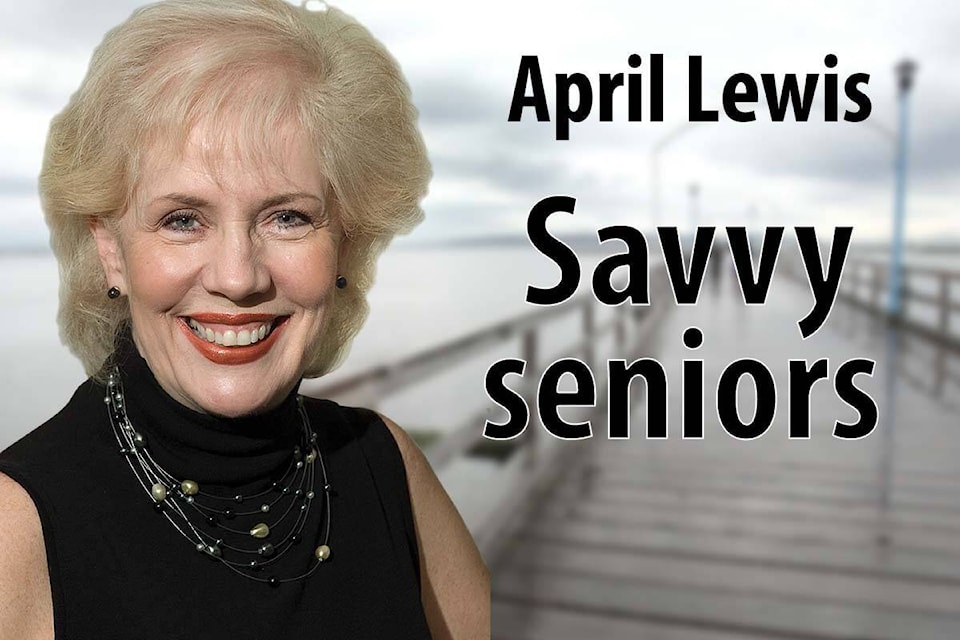Now I am become Death, the destroyer of worlds.
These words from the Hindu scripture, the Bhagavad Gita, allegedly ran through the mind of scientist Robert J. Oppenheimer as he witnessed the first detonation of the nuclear bomb he created. The date was July 16, 1945 at Los Alamos, New Mexico.
And we all know what happened next.
An atom bomb was dropped over Hiroshima, Japan followed by another over Nagasaki, and finally the Second World War was over.
If you haven’t seen the movie Oppenheimer, I highly recommend it. It is three hours long, with endless but brilliant dialogue, so you almost have to watch it twice.
But it’s worth it as we see history unfold before us.
Poor Oppenheimer was a chain smoker and womanizer, but a brilliant man. He created a monster and he knew it. He created a bomb that could destroy the entire world.
This caused him tremendous angst and an ethical dilemma.
Oppenheimer, hailed as the “father of the atomic bomb,” stands as a symbol of scientific achievement marred by moral ambiguity. Tasked with developing a weapon of unprecedented destruction during the Second World War, he faced the weighty decision of whether to proceed with what was called the Manhattan Project. The ethical dilemma lay in the realization that his scientific endeavours could potentially lead to catastrophic consequences, forever altering the course of humanity. Despite his reservations and internal conflicts, Oppenheimer carried on with the project — a moral dilemma for him most certainly.
On a lighter note, the night after I saw Oppenheimer, I went to see a local production of Puccini’s La Bohème, set in Paris in 1896.
The main protagonist is Rodolfo, a starving poet who falls instantly in love with Mimi, his neighbour upstairs. He says, “I am the poet and she is poetry.”
Their love is a passionate one until Rodolfo acts like a jealous fool and the relationship ends.
Of course, as in many Italian operas, the leading lady dies a tragic death.
But as I choked back my tears (I am such a wimp), it got me thinking. Rodolfo also was faced with a moral dilemma.
Oppenheimer, the physicist and Rodolfo, the poet, represent contrasting realms of moral quandaries — one rooted in science and the other in art. While their circumstances differ vastly, both grapple with profound ethical questions that resonate through time.
In stark contrast, Rodolfo grapples with the moral complexities of love, poverty and artistic integrity. As a struggling poet, he finds himself torn between his passion for his craft and his love of Mimi. As poverty threatens their existence, Rodolfo faces the dilemma of whether to prioritize his artistic pursuits over the practical demands of survival. His moral quandary lies in reconciling the pursuit of personal fulfilment with the harsh realities of life, where love and creativity collide with poverty.
While Oppenheimer’s moral dilemma stems from the ethical implications of scientific progress vis-a-vis the future of the world, Rodolfo’s dilemma emerges from the intersection of love, art and poverty, where he struggles to balance his own personal desires with the practicality of survival.
Comparing the two might be a stretch, but it got me thinking again.
What moral dilemmas do we mere mortals face today in the 21st century?
Buying designer clothes made in Third World sweat shops.
Travelling around the world on airplanes and increasing pollution and greenhouses gases.
Killing adorable animals so we can eat meat.
I really don’t have the answers, but perhaps I should seek out a scientist or poet for their advice.
Or simply watch a movie or attend an opera.
April Lewis writes a monthly column for Peace Arch News.
